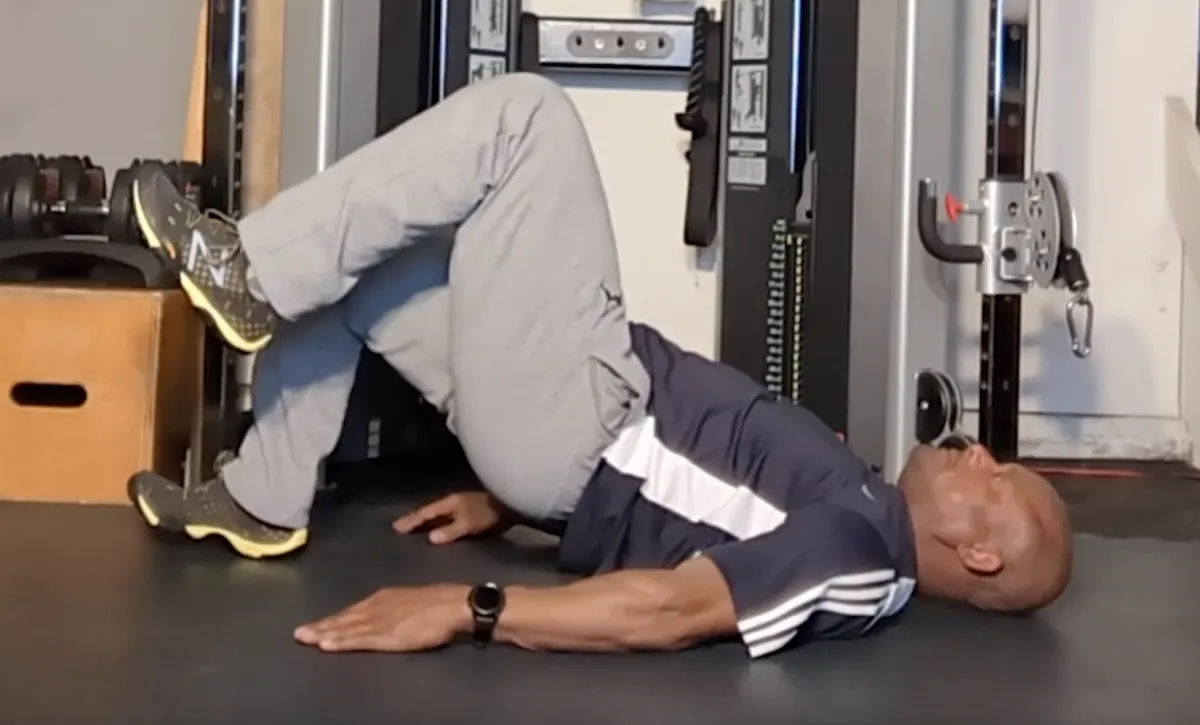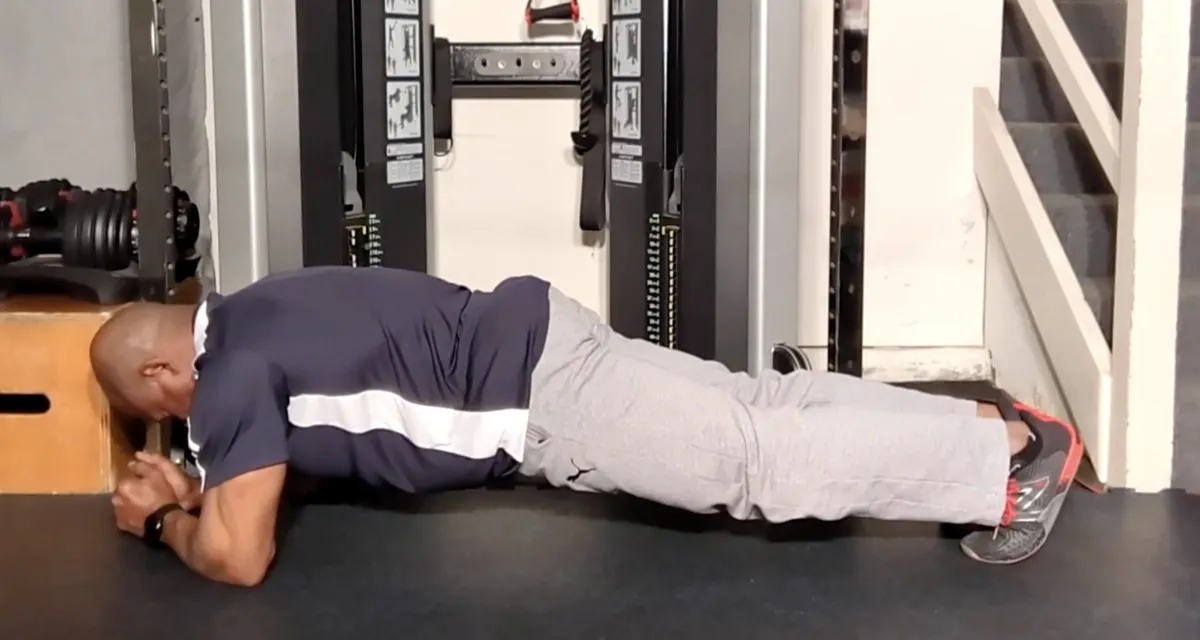
RESOURCES

Knee Pain and Your Daily Habits: What You're Doing Wrong
Knee pain can be frustrating, and while injuries or medical conditions play a role, your daily habits could be the hidden reason for your discomfort. From the way you sit and sleep to your posture and footwear, small, repetitive actions can add up, placing unnecessary stress on your knees.
Fortunately, there is good news!
Identifying and correcting these habits can help prevent and even eliminate knee pain.
Let’s take a closer look at some of the most common mistakes people make daily and how to fix them.

1. Poor Standing Posture
Your posture affects more than just your back—it plays a crucial role in knee health. If you tend to:
Lock your knees when standing – This puts excessive pressure on the joints instead of distributing weight evenly.
Stand with weight shifted to one leg – Over time, this creates imbalances in your hips and knees, leading to joint pain.
Slouch or lean forward – Poor upper-body posture shifts your center of gravity, increasing stress on the lower body.
✅ Fix It:
Keep a neutral stance with knees slightly bent.
Distribute your weight evenly on both feet.
Engage your core to maintain proper alignment.

2. Sitting the Wrong Way for Too Long
Sitting may feel restful, but staying in one position too long—especially with poor posture—can wreak havoc on your knees. Some common mistakes include:
Sitting with legs crossed – This restricts blood flow and tightens muscles, leading to knee stiffness.
Tucking your legs under your body – This puts the knees in an awkward, compressed position, increasing strain.
Sitting for prolonged periods without movement – Lack of mobility can lead to tight hip flexors, which pull on the knees and contribute to discomfort.
✅ Fix It:
Sit with both feet flat on the floor.
Keep your knees at a 90-degree angle.
Take breaks every 30–60 minutes to stretch and move.
3. Sleeping in Awkward Positions
Your sleeping position can significantly impact your knee health, especially if it puts unnecessary pressure on your joints. The worst offenders are:
Sleeping with knees hyperextended or bent too much – This can strain the knee ligaments and surrounding muscles.
Sleeping on your stomach – This often forces your legs into awkward angles, putting stress on the knees and hips.
✅ Fix It:
If you’re a side sleeper, place a pillow between your knees to maintain proper alignment.
If you sleep on your back, consider placing a pillow under your knees for support.
Avoid excessive bending or twisting of the legs while sleeping.

4. Wearing the Wrong Footwear
Your feet are the foundation of your movement, and wearing the wrong shoes can have a ripple effect on your knees. Common mistakes include:
Wearing unsupportive shoes – Flat shoes with little arch support (like flip-flops or worn-out sneakers) can cause poor alignment, leading to knee pain.
Wearing high heels too often – Heels shift your weight forward, increasing pressure on the knees.
Using old, worn-out shoes – Over time, shoes lose their cushioning and support, which can affect your gait and lead to knee strain.
✅ Fix It:
Choose shoes with proper arch support and cushioning.
Avoid prolonged use of high heels.
Replace athletic shoes regularly to ensure they provide the necessary support.

5. Skipping Stretching and Foam Rolling
Tight muscles around the knees—especially the quadriceps, hamstrings, and IT band—can pull on the knee joint and cause pain. Many people neglect mobility work, leading to stiffness and discomfort.
✅ Fix It:
· Stretch daily, focusing on your quads, hamstrings, calves, and hips.
Use a foam roller to release tightness in the IT band and surrounding muscles.
Incorporate gentle mobility exercises to keep your knees flexible.
6. Ignoring Muscle Imbalances
Weak hips and glutes often lead to knee pain because they can’t properly support the lower body. When these muscles aren’t strong enough, the knees compensate by taking on more load than they should.
✅ Fix It:
Strengthen your hips and glutes with exercises like clamshells, side leg raises, and glute bridges.
Focus on single-leg movements to improve balance and stability.
Incorporate strength training to build support around the knee joint.

7. Doing High-Impact Activities Without Proper Preparation
If you regularly run, jump, or engage in high-impact workouts without warming up or strengthening key muscles, your knees may suffer.
✅ Fix It:
Always warm up before exercise with dynamic movements.
Strengthen muscles that support your knees, such as the quads, hamstrings, and glutes.
Mix in low-impact activities like swimming or cycling to reduce repetitive stress on your knees.
Small Changes, Big Relief
Many people unknowingly contribute to their knee pain through daily habits. The way you sit, stand, sleep, and move all play a role in knee health. By making small adjustments—like improving posture, choosing supportive footwear, stretching regularly, and strengthening key muscles—you can prevent knee pain and improve overall mobility.
If your knee pain persists, consider seeking professional guidance to address deeper issues. But for most people, simple daily changes can make a world of difference. Take control of your habits, and your knees will thank you!
Move Better, Feel Better, Live Better!
Sheila Mann's Testimonial
Sheila Mann doing Suspension Strap Push-ups on an elevated Single Leg.
Just another Saturday Workout Part 2
Spray Tan Fitness
Dreams or Goals
Intro to Self-Myofascial Release
Self Massage using the Energy F X Tube (Upper Body)
Self-Massage for Lower Body using Energy F X Tube (IT Band , Glutes)
Level 3
This is our advance level. In this level you will be asked to increase the challenges to your strength, balance and to some degree, your conditioning. We continue to focus on the major joints of the body (hips, shoulder, and knees) with the added challenge of resistance. This level also includes the added challenge of coordination, as many movements require the integrated movement of both upper and lower body.

Level 4
This is our premium level. In this level you will be asked to significantly challenge your body through increased demands on your functional core strength in movements that will significantly challenge your balance and strength simultaneously. Here we will ask you to begin to optimize your balance, core activation, and improved range of motion in a functional aspect – integrated movement of both upper and lower body, but at a higher level of accountability.

